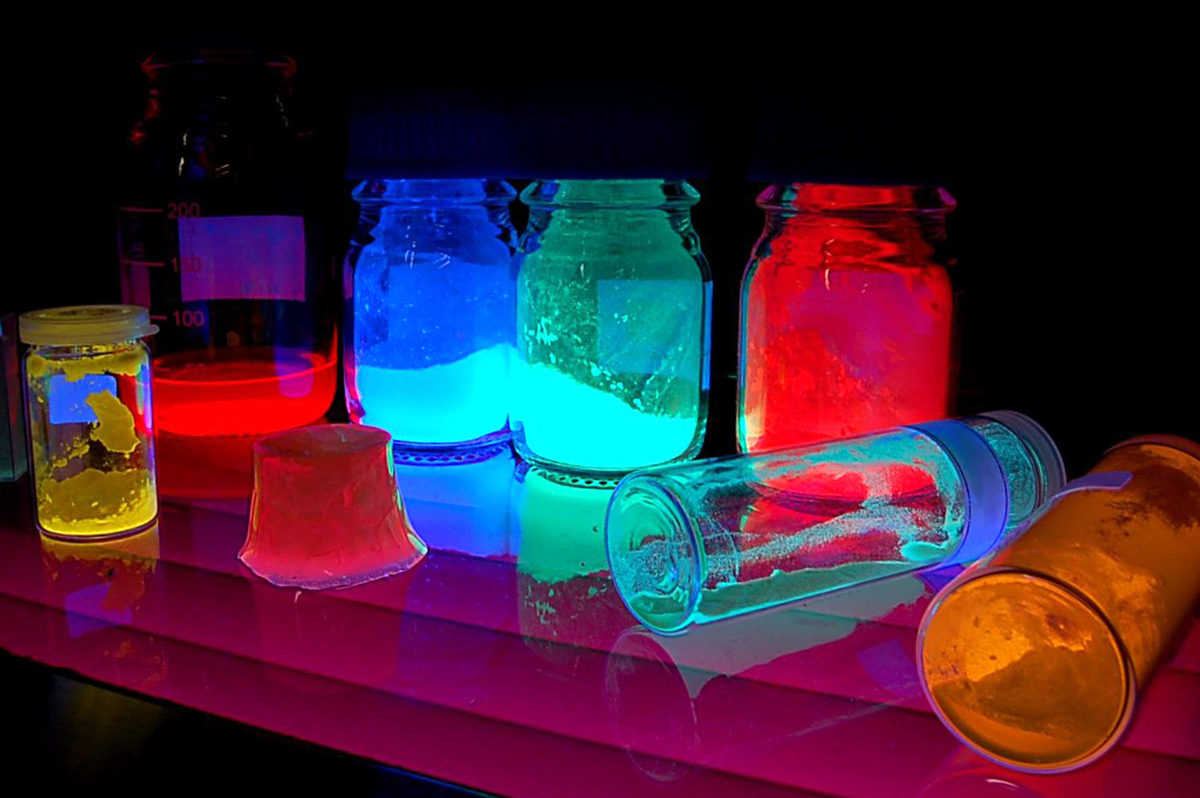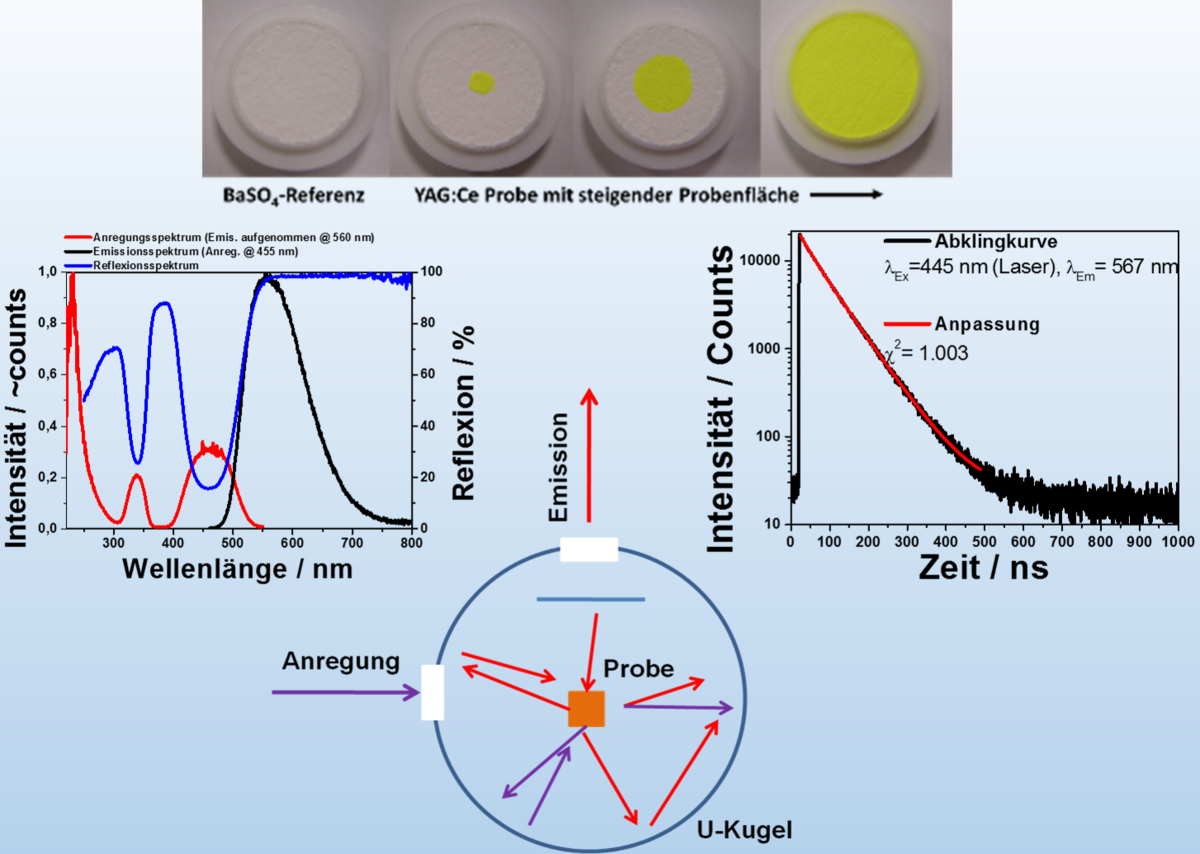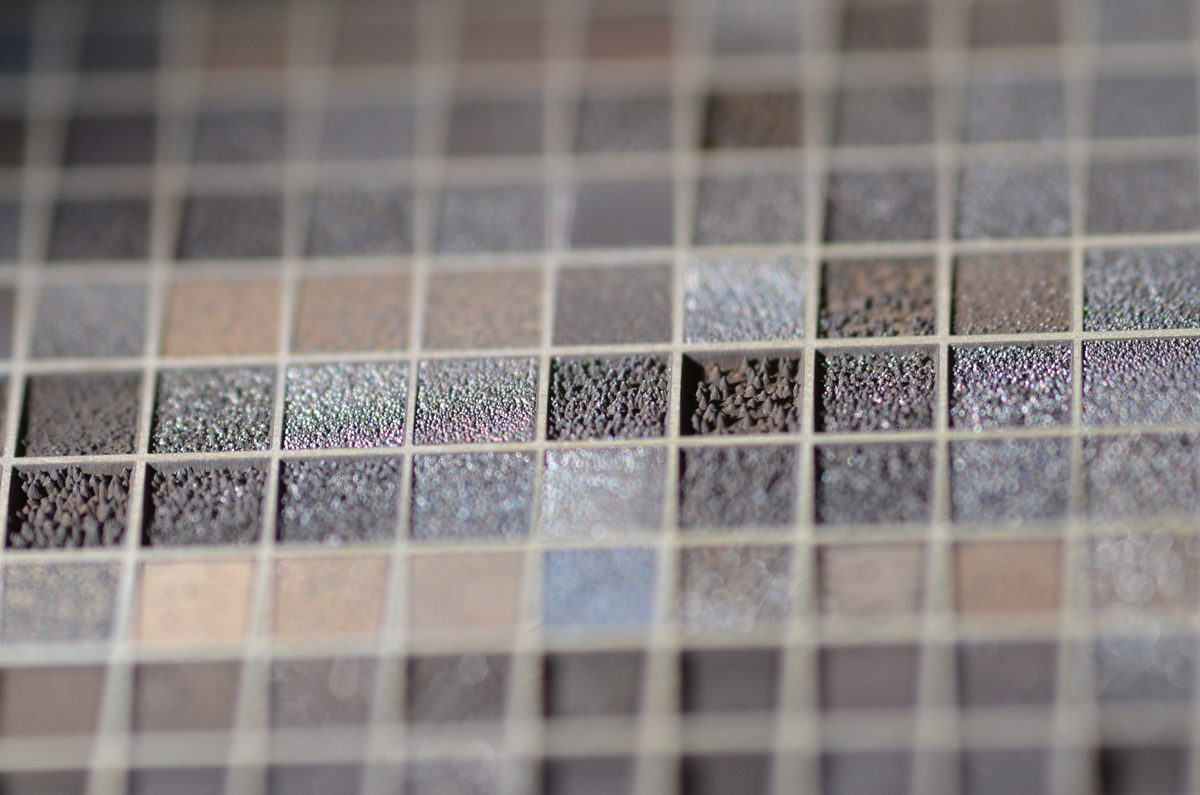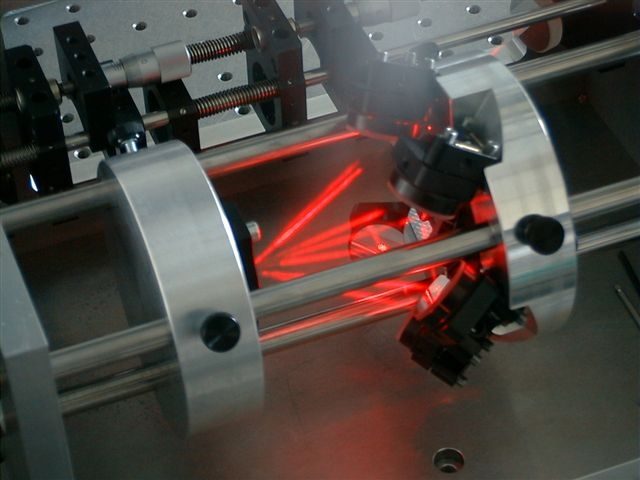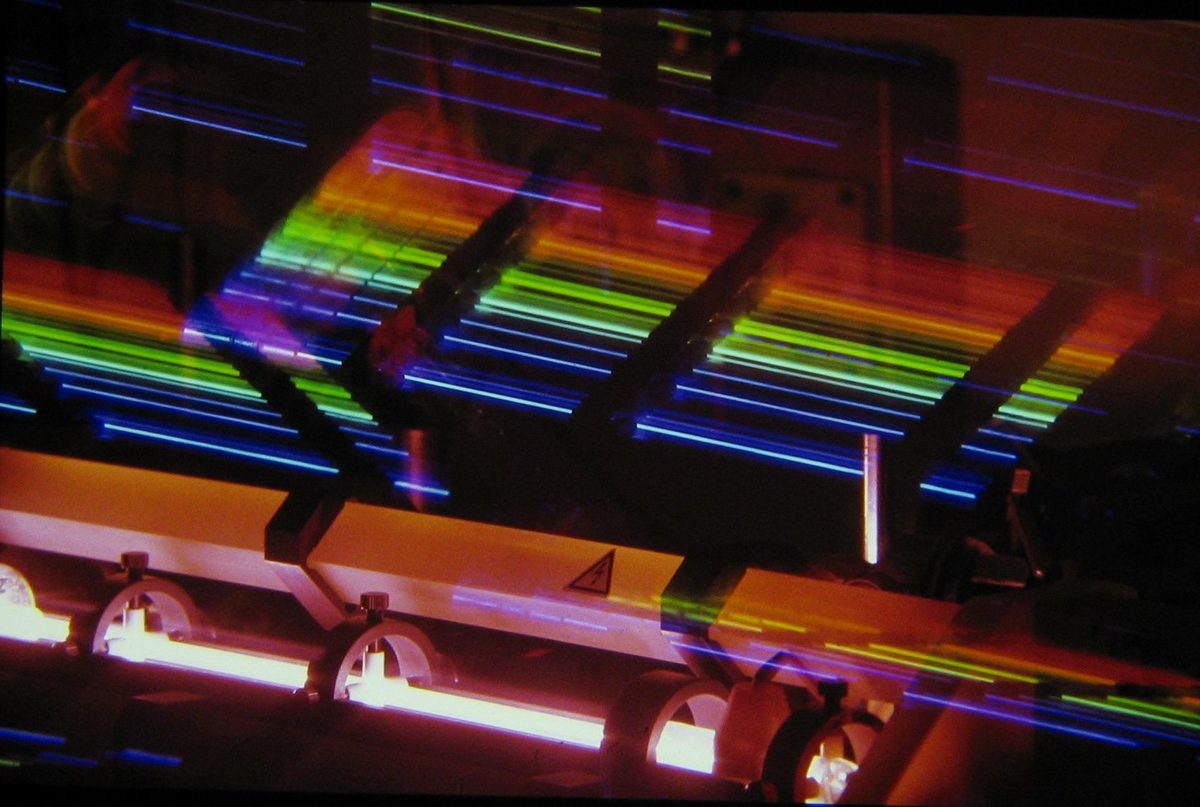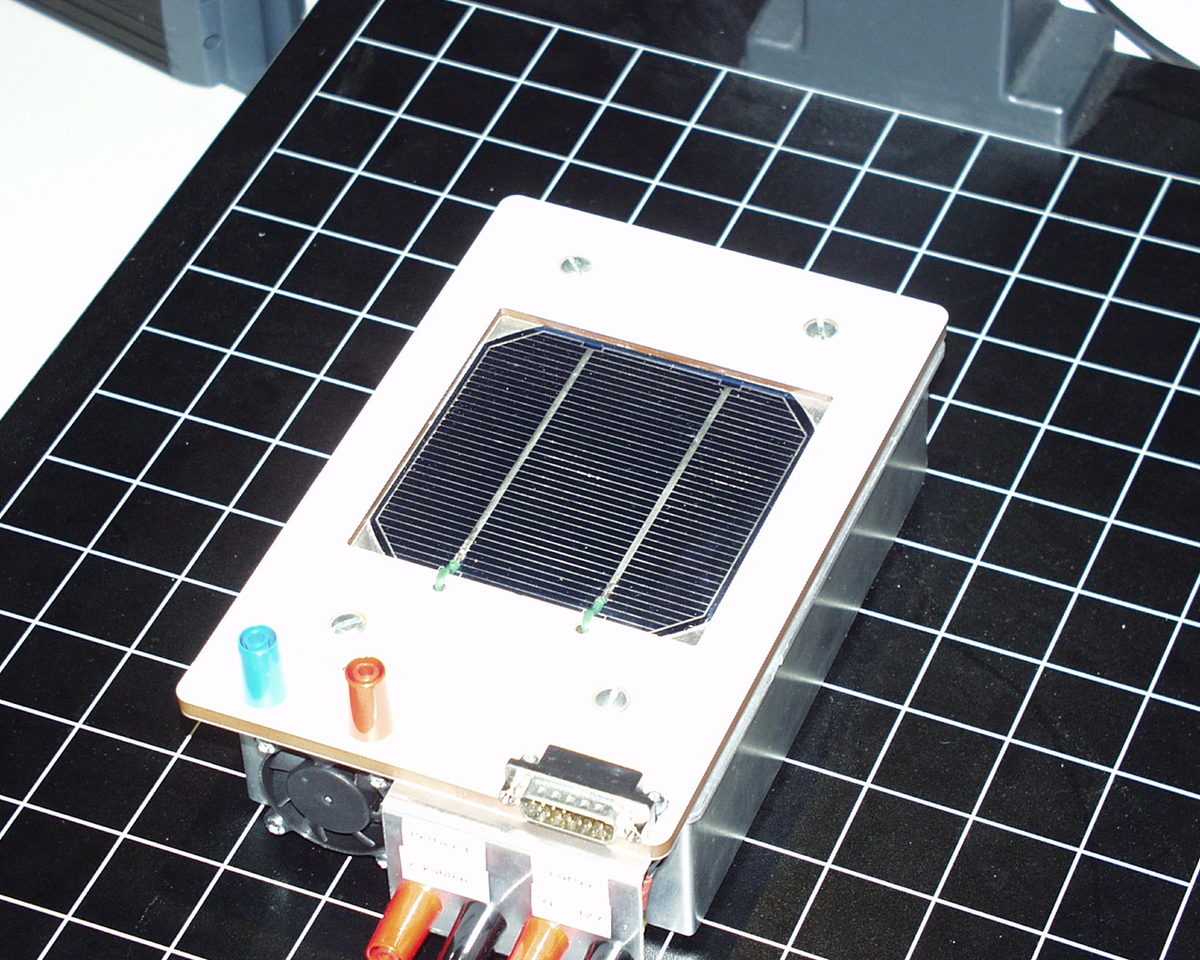Optical functional materials
The Laboratory for Applied Material Sciences focuses on the optimization and development of new luminescent pigments. Beside general and special lighting, medical imaging or security marking are possible applications. Moreover, we develop materials for lasers and for electroluminescence applications.
Contact: Prof. Dr. Michael Bredol | Prof. Dr. Thomas Jüstel
Optical spectroscopy
For optical spectroscopy (UV, VIS, IR) we have a large pool of different spectrometer set-ups to record emission, excitation, reflection, and transmission spectra as well as decay curves and saturation behavior of optical functional materials.
Measurements can be performed under excitation between 120 and 1700 nm or upon X-ray or alpha radiation. Temperature dependent spectra and decay curves can be recorded between 3 and 800 K. This is of interest to reveal mechanistic aspects of respective luminescence processes and to characterize the materials at application temperatures aimed at.
We continue to develop further methods for optical spectroscopy. Presently, e.g. luminescence standards for optical spectroscopy are in the scope. Moreover, measurement methods for the determination of quantum efficiency and a test bench for determining the saturation of LED phosphors are under development.Contact: Prof. Dr. Thomas Jüstel
Optical Chemical Sensors

The Laboratory for Photonic Materials deals with the development and characterization of materials, particularly fluorescent materials, for optical chemical sensors. These have a wide range, from nanoprobes for fluorescence microscopy and imaging to the functionalization of fiber optic sensors to large-scale coatings for aerodynamic tests in wind tunnels.
Contact: Prof. Dr. Michael Schäferling
Laser Material Processing
Lasers are ideal tools for material processing. Well-known examples are laser cutting, welding, marking and selective processing of thin layers. However, the whole spectrum of laser applications is not limited to these cases but also includes micro and nano patterning. Laser ablation of solid samples in liquid can be an alternative method for production of nanoparticles with special properties without chemical precursors which makes it attractive especially for biomedical applications. Change in the morphology and crystalline structure can be achieved by processing of metals with short and ultrashort laser pulses which increases the surface hardness and modifies the friction. Development of new processing methods and optimization of modern laser applications also belong to the core tasks of the Laser Centre.
Contact: Prof. Dr. Evgeny GurevichLaser systems
The Photonics Laboratory is conducting basic research on solid state lasers and optical resonators but we are also developing new solid state lasers for specific applications. Typical goals of our research are to increase output power, efficiency, and beam quality of lasers, to explorate new laser transitions, or to develop new laser concepts.
Contact: Prof. Dr. Ulrich Wittrock
Optical systems
Our research on deformable mirrors has arisen from our efforts to increase the beam quality and efficiency of high-power solid state lasers. We can now develop customized deformable mirrors for high-power lasers and for space telescopes.
Contact: Prof. Dr. Ulrich Wittrock
Photovoltaics
The main focus is put on the characterisation of solar cells and solar modules. Moreover, we offer quality checks on installed photovoltaic systems and cost effectiveness studies for planned systems.
Contact: Prof. Dr. Konrad Mertens



